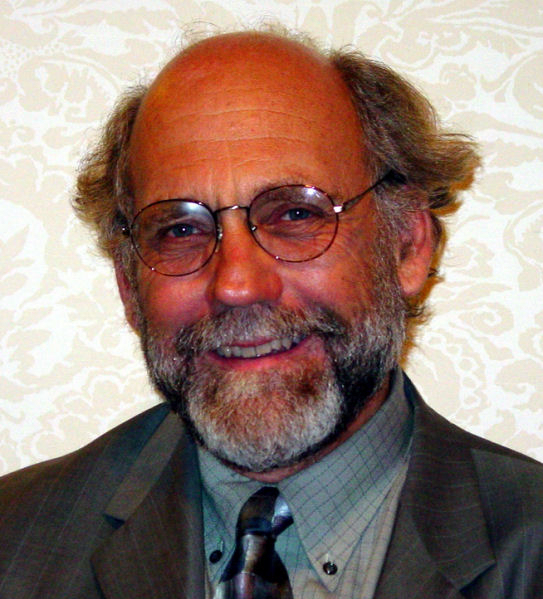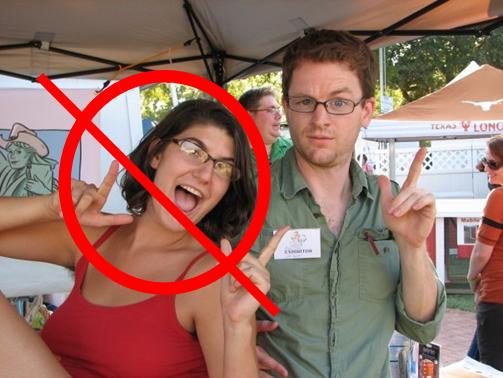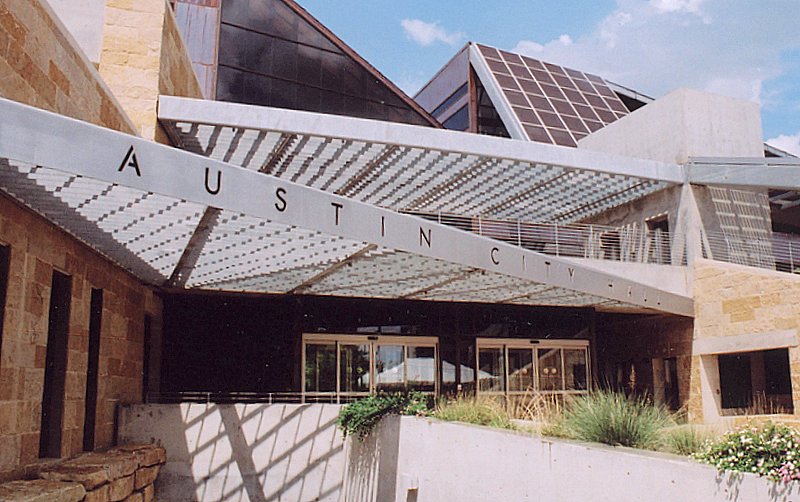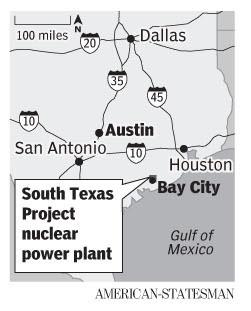The comment period for the proposed new TCEQ Compliance History rules was extended in large part due to Public Citizen making the public aware that the TCEQ had run test scores on their data from the previous year’s posting but were not willing to release that information to us, the Austin American Statesman or the public. When they did release the data and then subsequently extend the comment period, the data was not in a format that was useful to most folks.
After much wrangling with the agency, they finally released the test scores this afternoon and they can be accessed below:
Proposed Chapter 60 Compliance History Test Scores
The test Compliance History scores available below are intended to provide approximations of what scores might look like under the Commission’s proposed Chapter 60 (Compliance History) rule. These scores were generated as part of the agency’s proposed rulemaking process.
These are not official Compliance History scores and therefore, are not subject to the Chapter 60 appeal process. Due to computer programming limitations during rule development , individual scores do not reflect all aspects of the formula as proposed. Rather, the scores represent approximate numbers using a simplified model, as explained below. Limitations include the following:
- The scores were generated using applicable compliance-history data from September 1, 2006–August 31, 2011, made public on October 1, 2011 and thus to regulated entities so they can make corrections, as necessary, since that date. Upon rule adoption, new compliance-history scores will be generated using data from September 1, 2007–August 31, 2012.
- The scores do not accurately reduce points for compliance with administrative orders. Under the proposed rule, two years after the effective date of an order, if an entity is compliant with all ordering provisions and has resolved all violations, the points attributable to that order will be reduced. The reduction will be 25 percent for year three, 50 percent for year four, and 75 percent for year five. The simplified model does not take into consideration compliance with the order. Therefore, under the simplified model, all orders receive the total reductions allowed each year under the proposed rule. Entities that have not yet achieved compliance with an order receive a reduction under the simplified model that is not warranted.
- Points awarded for “small entities” are not completely reflective of the proposed rule. Under the proposed rule, points are allocated to small entities. The simplified model allocates points for small businesses but does not allocate points for small cities and counties.
- Reductions for voluntary programs are not completely reflective of the proposed rule. The proposed rule allows for a maximum 25% reduction of compliance history points for implementing voluntary programs, such as an environmental management system. If an entity has multiple voluntary programs, the simplified model does not accurately apply reductions for all programs.
- Changes to the proposed formula and associated compliance-history components may be made as part of the rule adoption process. Any changes to the proposed formula or components as a result of the rulemaking process would change scores that will be calculated on September 1, 2012.
To download test Compliance History scores click the link below:
http://www.tceq.texas.gov/enforcement/history/compliance-history-test-data.html
Please note that these reports are large files and, depending on your connection speed, may take several minutes to download.
These scores will only be available to download for the duration of the Chapter 60 public-comment period, which has been extended and will close on March 23, 2012.
You may comment on this rule via eComments.
We have provided sample comments for you to use in submitting your own. We have also provided information on where and how to submit your comments below.
Comments of _Your name here_ on 2011-032-060-CE: HB 2694 (4.01 and Article 4): Compliance History Draft Rules.
Polluter-friendly amendments, proposed in the Texas Commission for Environmental Quality’s new regulatory rules, serve to increase the degree of noncompliance a company is permitted with no consequence. More noncompliance means more unauthorized toxins in the air, water, and ground in communities across Texas.
We are unsatisfied with the compliance history proposals because:
-
The TCEQ has jurisdiction over 250,000 entities all around the state. Holding one public hearing at 10 a.m. in Austin does not give citizens enough of an opportunity to give feedback. I would like to have a meeting hosted at the TCEQ office in my region so that I can participate in this process.
-
Increased compliance history leniency will cut the percentage of companies considered unsatisfactory from 5% to a mere 3% without reducing an ounce of pollution. Compliance standards should be raised the longer a regulation has been in place, not made less effective by changing the unsatisfactory rating cutoff from 45 to 55 noncompliance points.
-
The executive director will be able to pardon polluters at his discretion—instead of adhering to a standard protocol. Why have formal classifications if the director can reclassify an entity or decide that a repeat violator charge should not apply? This is a nontransparent, unstipulated and unacceptable loophole.
-
Polluters will improve their compliance history score by signing up for supplemental environmental programs, regardless of effectiveness. Mere participation in a voluntary pollution reduction points does not warrant a 5% reward. The formula should call for measured returns for measured results.
-
The TCEQ has not presented information that calculates how the new formula will affect entities. Given the denseness of the proposal’s language, I would like to have a way to interpret the new compliance history ratings.
-
The proposed language for repeat violations would make it very difficult for any facility with many “complexity points” to ever be considered a repeat violator. Because so many points are given for different kinds of permits, authorizations and even hazardous waste units, getting to “25” complexity points will be easy for any large industrial facility or major entity, meaning that the only way they would be penalized for being a repeat violator would be to have four or more violations over the last five years.
I urge you to utilize TCEQ’s rulemaking process to implement changes that will benefit the health, communities, and resources of Texas citizens and not the pocketbook interests of businesses.
Comments due by 5pm on March 23, 2012.
- via TCEQ’s eComments page – http://www5.tceq.state.tx.us/rules/ecomments/
- via mail:
Texas Register Team – MC 205 General Law Division Office of Legal Services TCEQ P.O. Box 13087 Austin, TX 78711-3087
- via fax to 512-239-4808
Tips on Commenting Effectively
You will be providing comments for the rulemaking – 2011-032-060-CE: HB 2694 (4.01 and Article 4): Compliance History
- Identify who you are and why the regulation affects you;
- Explain why you agree or disagree with the proposed rulemaking;
- Be direct in your comment; and
- Offer alternatives, compromise solutions, and specific language for your suggested changes.





 Texas is a sparkly mythical wonderland full of unicorns. And by unicorns, I mean green jobs. And by green jobs, I mean well-paying, long-term jobs ranging from maintenance to operations, project management, and high-tech engineering.
Texas is a sparkly mythical wonderland full of unicorns. And by unicorns, I mean green jobs. And by green jobs, I mean well-paying, long-term jobs ranging from maintenance to operations, project management, and high-tech engineering. Since the Austin American Statesman published a couple of
Since the Austin American Statesman published a couple of  For your Earth Day enjoyment, Public Citizen, Sierra Club, and Environmental Defense have written a joint Op-Ed that has been published in both the Austin American Statesman & the Houston Chronicle. So on this day of celebration,
For your Earth Day enjoyment, Public Citizen, Sierra Club, and Environmental Defense have written a joint Op-Ed that has been published in both the Austin American Statesman & the Houston Chronicle. So on this day of celebration,  Want to vote in the upcoming City of Austin Municipal Elections? The deadline to vote in the May 9th elections is this Thursday, March 9th.
Want to vote in the upcoming City of Austin Municipal Elections? The deadline to vote in the May 9th elections is this Thursday, March 9th. Austin has long been a hub of the semiconductor industry because a generation ago, state legislators passed a package of incentives to lure silicon chip manufacturers to Texas. This created a high tech boom that has enriched Texans for over 20 years. But now thousands of those jobs are disappearing. The technologies involved to manufacture semiconductor chips and solar installations are very close, and business leaders believe that the semiconductor industry can actually be repurposed to produce solar. At the very least, the skill sets involved in one translate seamlessly into the other, so that individuals who lost semiconductor jobs are the perfect candidates for new solar jobs.
Austin has long been a hub of the semiconductor industry because a generation ago, state legislators passed a package of incentives to lure silicon chip manufacturers to Texas. This created a high tech boom that has enriched Texans for over 20 years. But now thousands of those jobs are disappearing. The technologies involved to manufacture semiconductor chips and solar installations are very close, and business leaders believe that the semiconductor industry can actually be repurposed to produce solar. At the very least, the skill sets involved in one translate seamlessly into the other, so that individuals who lost semiconductor jobs are the perfect candidates for new solar jobs. Austin should continue to steer clear of more nuclear power. Morally, it is simply wrong to leave radioactive waste to thousands of generations to come. We should instead invest in safe energy efficiency and solar and wind power, which don’t come with radioactive terrorism risks.
Austin should continue to steer clear of more nuclear power. Morally, it is simply wrong to leave radioactive waste to thousands of generations to come. We should instead invest in safe energy efficiency and solar and wind power, which don’t come with radioactive terrorism risks.

